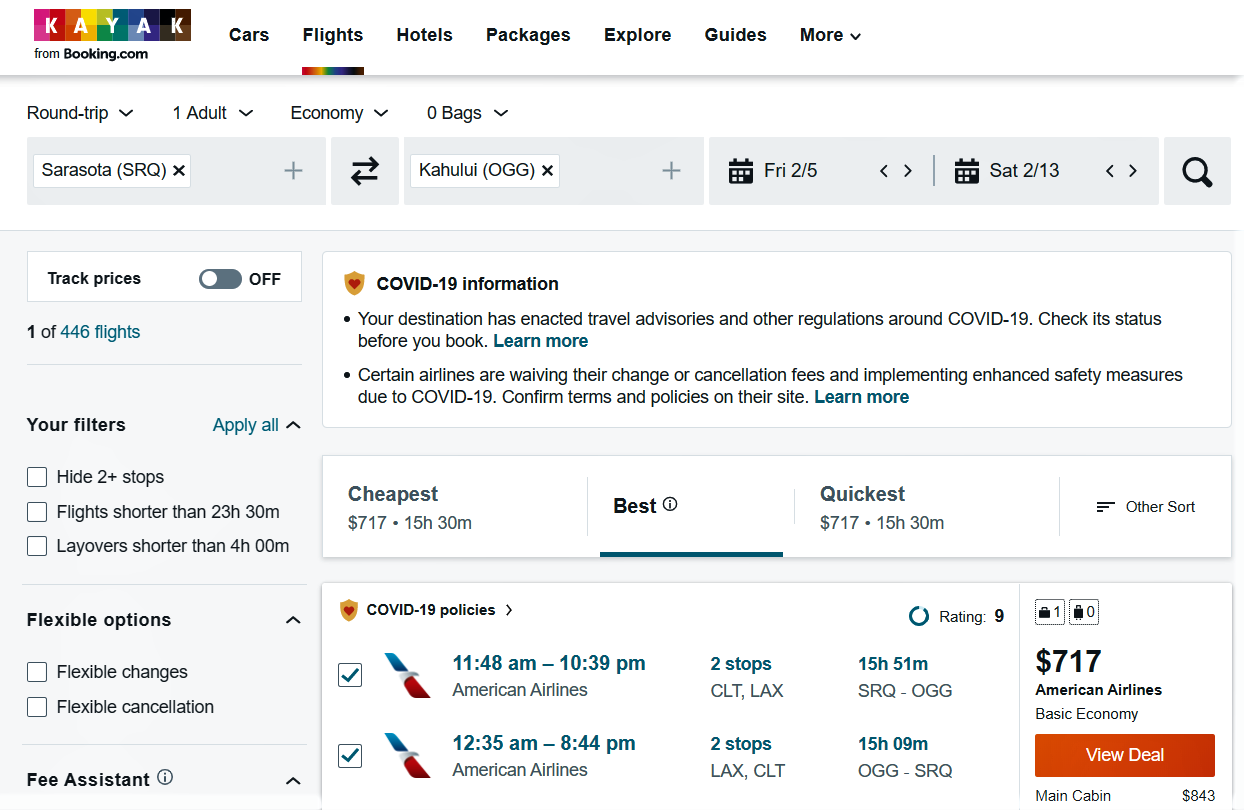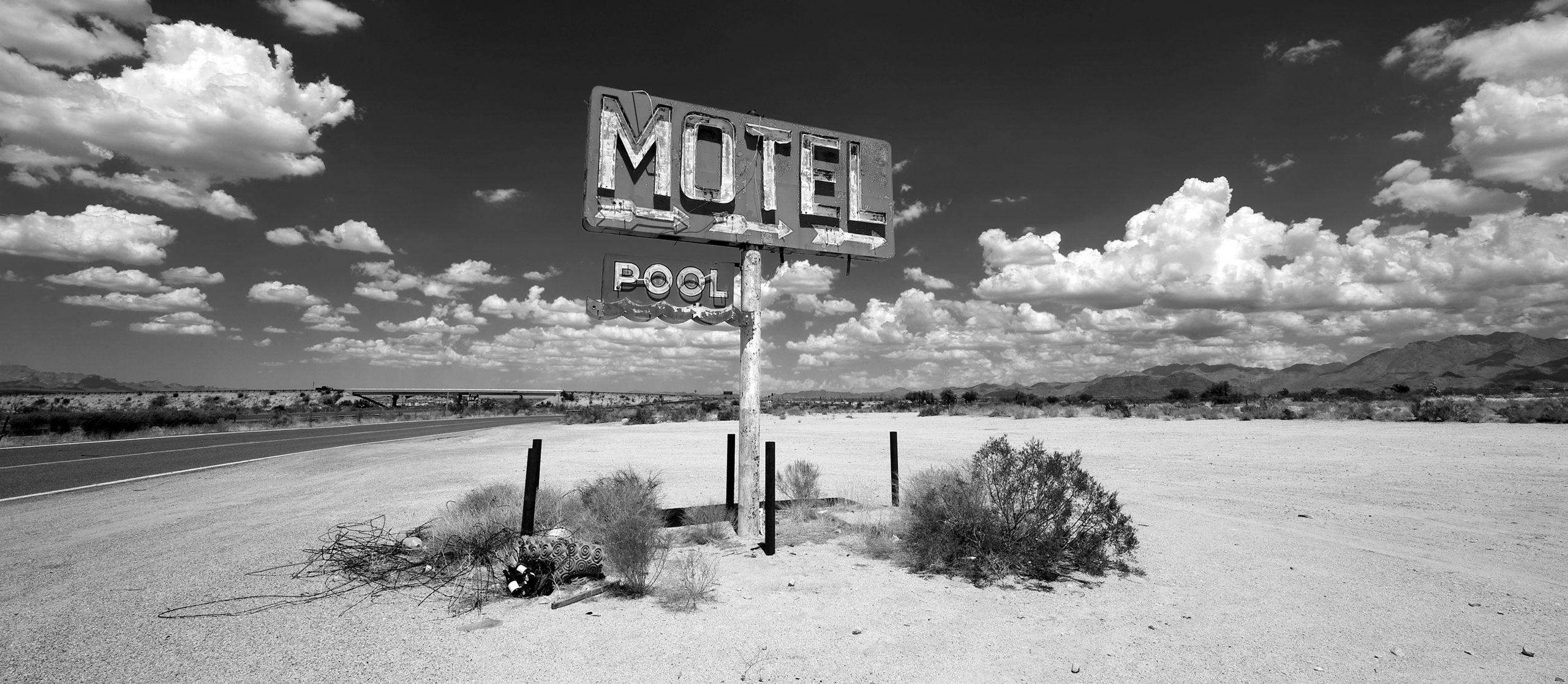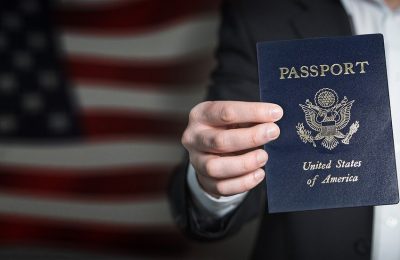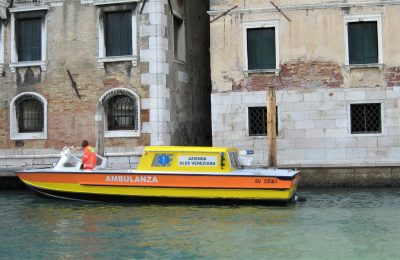Manage my passport? What's to manage, you may be thinking. Well, nowadays there are lots of…
Travel & Tourism: Seven Future Indicators…
Travel spending in the U.S. is expected to be down significantly in 2020, in-person business meetings are still a long ways off, travel search engines are measuring big declines in travel research, restaurants are recording record permanent closures, and if you don’t wear your mask on American flights you can be banned. These are some of the stories of interest this week in the world of flying and tourism.
The tourist industry is taking a big hit. The firm Tourism Economics developed a forecast for the U.S. Travel Association (USTA) which predicts that 2020 domestic travel spending will drop 40% ($583 billion, down from $972 billion in 2019). At the same time, spending from international visitors to the states is expected to fall a jaw-dropping 75% (from $155 billion to $39 billion).
The USTA-sponsored study further notes that the total number of domestic trips by folks in the U.S. is expected to fall 30% this year; the lowest number since 1991. I actually find that number somewhat encouraging since that also includes business travel, which accounts for about 30% of all travel and tourism dollars.
“The data is telling us that travel and tourism has been more severely damaged than any other U.S. industry by the economic fallout of the health crisis,” said U.S. Travel Association executive vice president for public affairs and policy Tori Emerson Barnes, in a statement.
“Given that travel employed one in 10 Americans and was the No. 2 U.S. export before the pandemic, supporting this industry through to the recovery phase ought to be a national priority.”
The impact of COVID-19 on the overall tourism industry is enormous. The World Travel and Tourism Council (WTTC) estimates that 197 million jobs could be lost worldwide depending on how long quarantines and extensive anti-travel advisories continue. Prolonged travel restrictions have the potential of reducing global GDP by $5.54 trillion.
In order to get the travel industry up and running in a responsible manner, the WTTC is recommending greater public/private sector cooperation, common health and safety protocols and implementing the wider use of rapid test and trace strategies.
In its annual Economic Impact Report, the WTTC noted that 2019 travel and tourism in the U.S. accounted for 16.8 million jobs or 10.7% of the total workforce. Spending by international visitors alone in 2019 amounted to over $195 billion or 16% of the total spent on American travel and tourism.

What are you searching for? If you’re like most diehard travelers, you’ve already been out there checking flight schedules for your first post-COVID foray. Everyone has a different timeline for when that will take place, but regardless of the timing, it’s still fun to start looking.
A lot of travel blogs are reporting amazing deals for international travel in the latter part of 2020 and the first half of 2021, especially for business and first-class fares and cruises. I have serious doubts that cruises will be back until well into 2021, but now may be the time to lock in a great deal on your dream vacation.
According to travel search engine KAYAK, searches for international flights are down about two-thirds compared to this same period last year and domestic searches are down roughly 50%. KAYAK also lists a selection of cities and their related flight search stats. If you’re curious about your city, check out KAYAK Flight Search Trends.

Restaurants lose $120 billion in sales… so far. Data from the National Restaurant Association (NRA) shows restaurants nationwide lost $120 billion in just March, April and May. The Bureau of Labor Statistics estimates that over 6 million jobs were lost in the accommodations and foodservice sector in March and April.
Meanwhile, the business rating site Yelp reports that 143,000 businesses on their platform have shut down and they believe 35% of those will shut their doors permanently. 17% of those businesses are restaurants.
Historically, restaurants have a very low amount of cash on hand to weather a storm (according to J.P. Morgan it averages about 14 days) so it’s not surprising that large numbers of restaurants won’t survive prolonged closure.
According to the Small Business Administration, restaurants have one of the highest business closure rates of any business even during the good times, so the COVID crisis is only exacerbating the problem.
Would you attend an in-person professional meeting? On the business meetings front, Business Travel News reports that an April 9 survey by CensusWide of more than 1,000 participants found that 72% said they prefer in-person conferences rather than virtual conferences (Zoom, etc.). The results were almost identical across all age groups.
The length of a virtual conference program had a big impact on the willingness to participate; as the length of time goes up the interest in participation goes down. 59% said the best length for a virtual conference is about 2 hours, while only 3% said they would attend a one-day virtual conference.
Given these numbers, I think there will be plenty of pent up demand for face-to-face conferences as soon as it is safe and practical.

Optimism in the hotel industry. The June 16 edition of Hotel Management magazine reported the results of a sentiment survey of more than 1000 independent hoteliers across 65 countries. Almost two-thirds of respondents said they expect to be open by late August. 32% reported that they are already fully open. I was certainly encouraged by those numbers but remain skeptical.
On a region-by-region basis, North American, Central Asian and Oceania properties expressed optimism that their reservations would continue to increase through the end of 2020, while Latin American, European and Southeast Asian properties were more reserved and don’t expect reservations to go up until early 2021.
There were differences by property type, too. Boutique hotels, campgrounds and vacation rentals were mostly positive, independent hotels, motels and bed-and-breakfasts reported a neutral stance and hostels, resorts and group-oriented properties have a mostly negative outlook.

Get tested, quarantine or stay at home? According to an AP article, states across the nation are dealing with the same quandary: stay shut down to minimize COVID cases or open up and encourage out-of-state visitors to support their restaurants, lodging and other tourism-related businesses.
As Pauline Frommer, editorial director for Frommers.com and Frommers’ travel guides said, “I think it’s important to look at what our safe options are. You don’t want to die because you went on a vacation.” As I’ve said many times on this site, that is going to be a very individual decision based on your health, where you want to go, how you plan on getting there and the status of the pandemic where you will be interacting with others.
The measures put in place by the various states to combat spread of the disease vary drastically. Hawaii still enforces a mandatory 2-week quarantine for new arrivals. Vermont, Maine and Alaska have a testing alternative.
As Steve Hewins from HospitalityMaine noted with regard to his state’s requirement to prove a negative test within 72 hours before arrival, “We don’t think visitors are going to jump through hoops like that. They’ll just choose another destination.” Maine also exempts anyone under the age of 18, so the testing regimen seems suspect at best.
Visitors to Alaska who test negative upon arrival are allowed to stay. Florida requires visitors from New Jersey, New York and Connecticut to quarantine. I’m just glad I’m no longer in the business and really feel for my former B&B colleagues in Key West.
No mask, no fly. Finally, American Airlines has made the decision (and a correct one in my view) of banning a man who refused to wear a mask on his flight from New York to Dallas. Stating that the FAA has no rule requiring the wearing of masks, this guy insisted that he could not be compelled by the airline to do so.
American removed him from the flight and booked him on a later one after he agreed to abide by the airline’s policy. American also decided to make an example of this putz by banning him from flying American as long as there is a mask requirement. I expect more airlines will do the same.

As an avid traveler, Brian has explored and enjoyed cultural encounters in over 40 countries while spending many years refining The Points Game — using credit card sign-up bonuses and other tricks to get nearly free travel. Getting the most out of every trip is an art and Brian launched My Travel Traxx to help others enjoy the art of travel.





Comments (0)